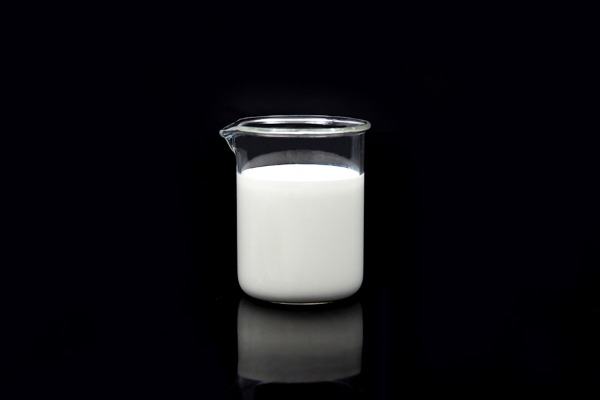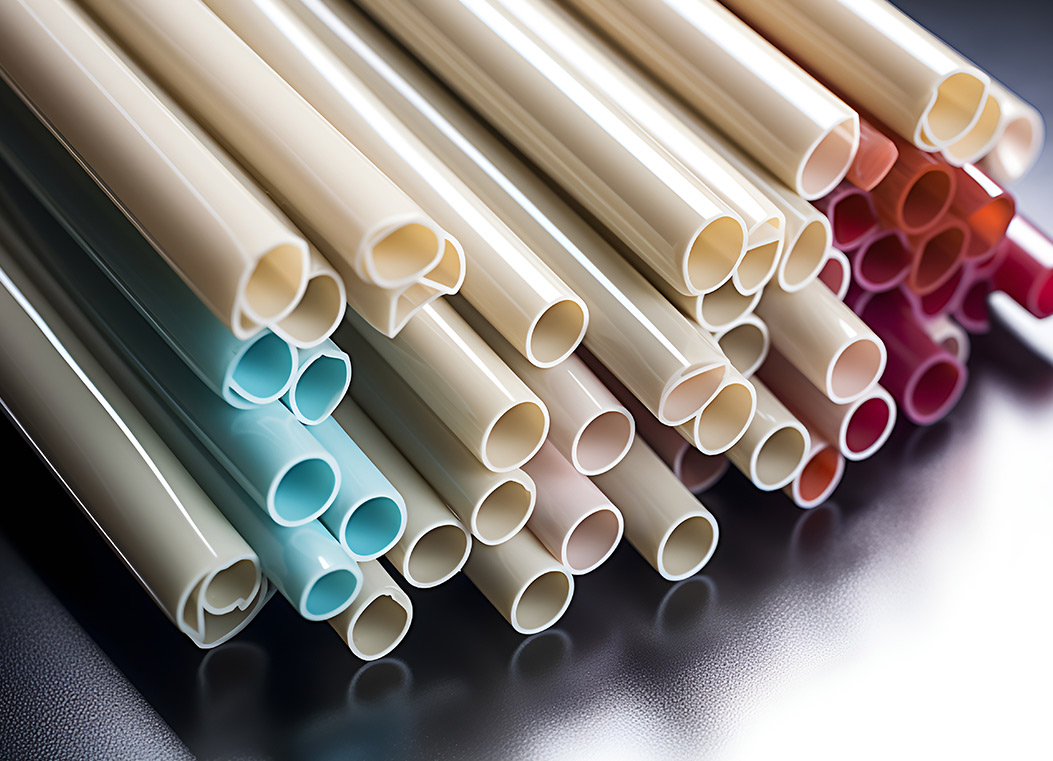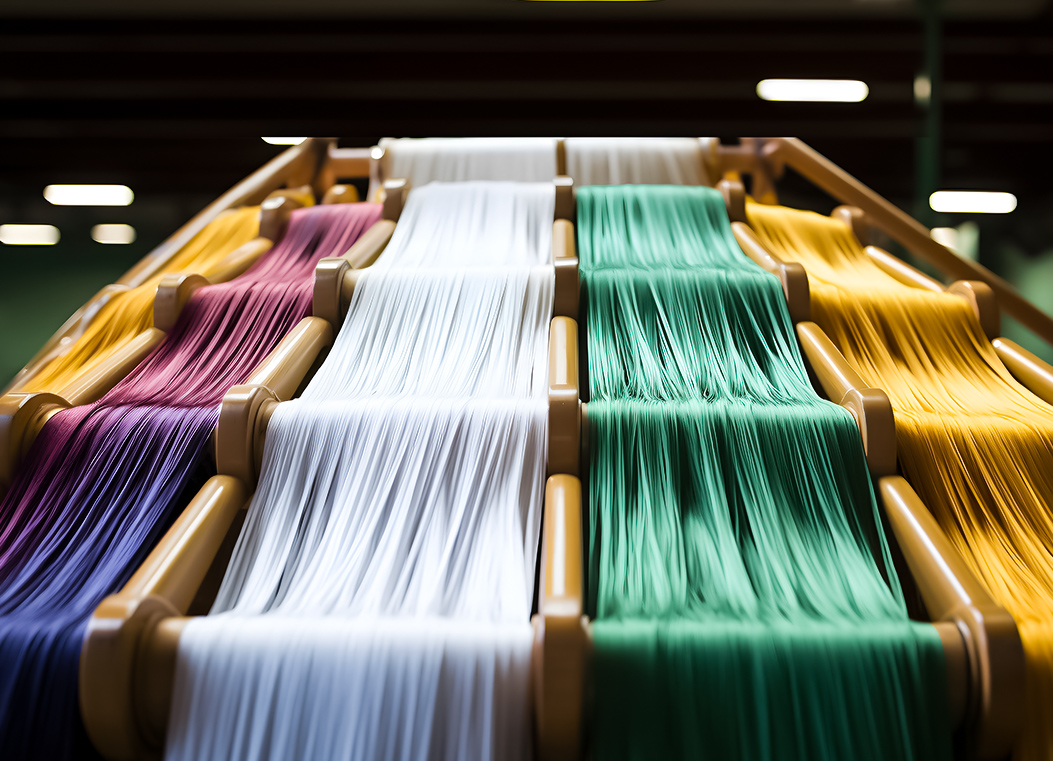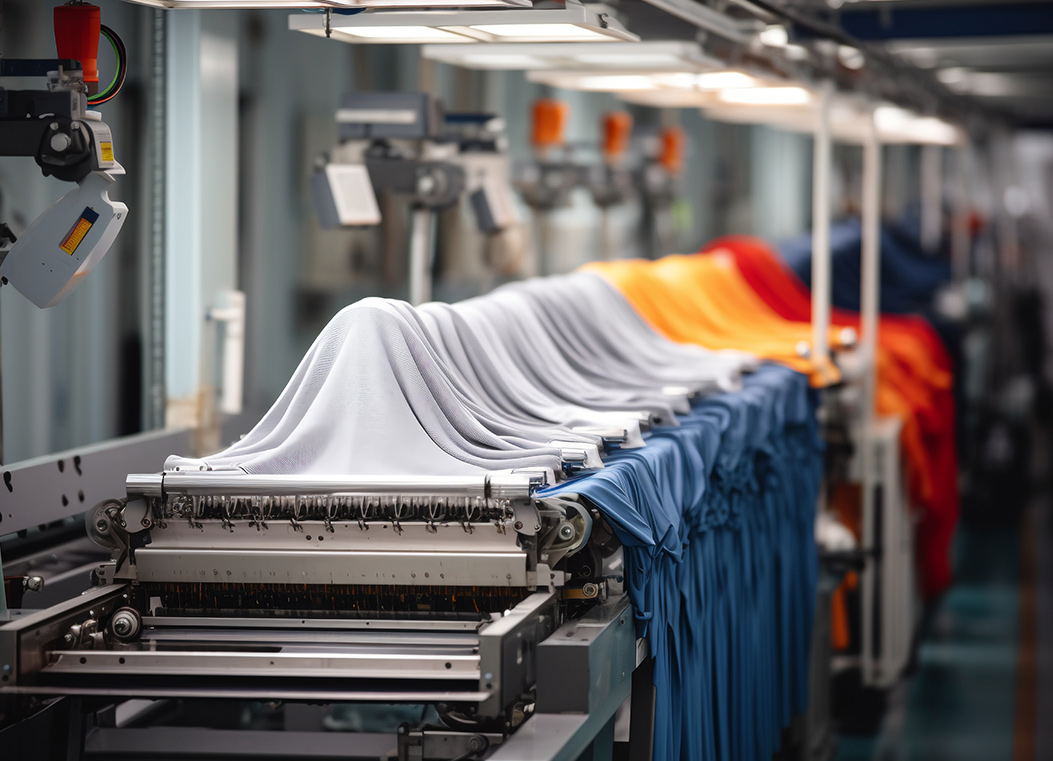Fluorescent whitening agents, commonly known as optical brighteners, are widely used in various industries to enhance the brightness and visual appeal of products. These chemical compounds absorb ultraviolet light and re-emit it as visible blue light, which helps counteract the yellowish appearance that certain materials may develop over time. Optical brighteners are essential in a range of applications, particularly in the plastics industry, where they help achieve the desired aesthetic qualities. In this article, we will explore the different types of optical brighteners and their specific uses in PVC and PP products.

One of the more common applications for optical brighteners is in the production of PVC pipes. PVC (polyvinyl chloride) pipes are widely used in construction, plumbing, and industrial applications due to their durability and cost-effectiveness. However, without the use of optical brighteners, these pipes may appear dull or yellowish, especially when exposed to environmental factors like sunlight. The incorporation of an optical brightener for PVC pipes helps to maintain a cleaner, whiter appearance over time, improving their visual appeal and making them more attractive to consumers.
Optical brighteners for PVC pipes are typically selected based on their ability to withstand the harsh conditions to which the pipes are exposed. These compounds are designed to perform under a range of temperatures and lighting conditions, ensuring that the brightness of the pipes remains consistent even after prolonged use. They can also enhance the material’s resistance to aging, helping to preserve the pipe’s aesthetic qualities for a longer period.
Similarly, optical brighteners for PP (polypropylene) are used to improve the color and visual appeal of products made from this versatile thermoplastic. Polypropylene is widely used in packaging, textiles, and automotive parts due to its strength, chemical resistance, and flexibility. However, like PVC, polypropylene can develop a yellowish tint over time, particularly when exposed to sunlight or other environmental factors. To address this, manufacturers use optical brighteners for PP to achieve a bright, white finish, which enhances the overall appearance of the material.
The application of optical brighteners in PP products is crucial, especially in packaging materials where visual appeal plays a significant role in consumer purchasing decisions. By using optical brighteners, manufacturers can ensure that polypropylene products maintain their pristine appearance, giving them a competitive edge in the marketplace. Optical brighteners for PP can also improve the material’s resistance to discoloration, helping to extend the lifespan of the product.
There are several different types of optical brighteners, each suited to specific applications and materials. For instance, certain optical brighteners are designed to work effectively with PVC, while others are more suited to PP. The selection of the right optical brightener depends on various factors, including the type of polymer, the desired level of whiteness, and the environmental conditions in which the product will be used. In addition to PVC and PP, optical brighteners can also be used in other materials such as polyester, nylon, and paper, each requiring specialized formulations to achieve the ideal results.
In conclusion, optical brighteners are essential additives in the manufacturing of PVC and PP products, helping to maintain a bright, white appearance and improve the overall aesthetic quality of the materials. The use of optical brightener for PVC pipes and optical brightener for PP products ensures that these materials remain visually appealing and resistant to discoloration, even under challenging conditions. As industries continue to seek ways to improve the durability and appearance of their products, optical brighteners will remain a key component in achieving these goals.

 EN
EN 中文
中文 ES
ES




.jpg)













